105 ACRES OF HABITAT PLANTED & MAINTAINED
We work hard to create and maintain habitat that will thrive and contribute to healthier wildlife populations.


We work hard to create and maintain habitat that will thrive and contribute to healthier wildlife populations.
Beneficial plants help improve water quality, sequester carbon, decrease flooding, make farmland more resilient, and restore crucial habitat for salmon and other wildlife.
Those gallons didn't just feed thirsty gardens and yards — they were prevented from becoming stormwater runoff.
We’re introducing conservation-friendly efficiencies on the farm that save time and money.
We give straight-forward answers to hard questions personalized to every landowner’s situation.
We provided experiential learning opportunities for students in the classroom and field with a focus on stormwater, habitat restoration, and agriculture.
We strive to reach and engage a broad audience.
Whether it’s through a screen or face-to-face, we connect with the community in effective and engaging ways.
Our crew dug deep to help filter stormwater pollution before it enters the Puget Sound.


Managing Stormwater in Fobes Hill
When stormwater runs across surfaces like lawns, parking lots, and roads, it often picks up pollutants that can end up in our waterways and negatively impact salmon and other species. One way that Snohomish Conservation District helps to reduce this stormwater pollution…
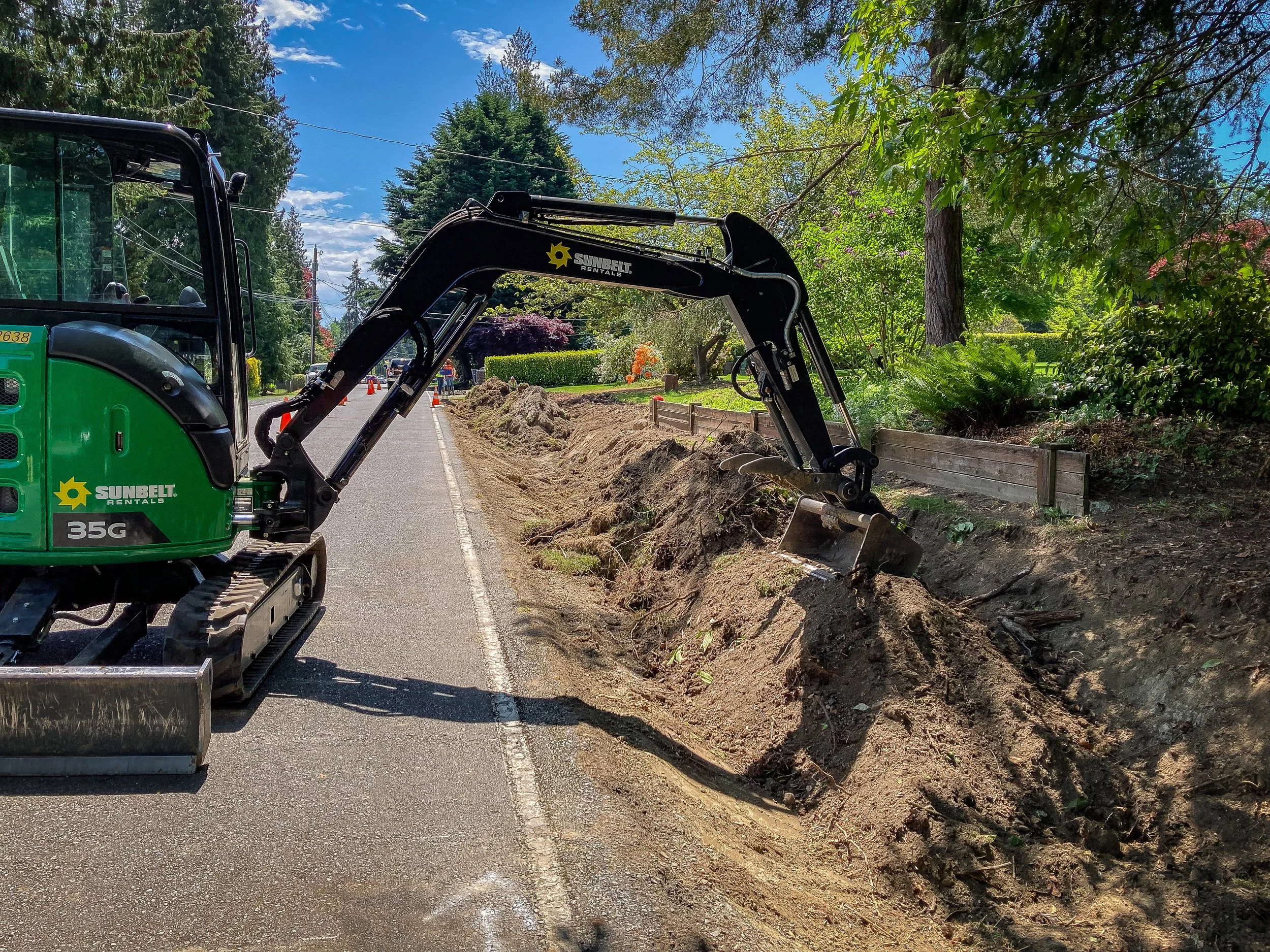
Working Together for Clean Water in Edmonds
Keeping stormwater clean in urban spaces isn’t easy. When rain hits the ground and travels across surfaces like streets and parking lots, it picks up pollutants along the way before heading down a storm drain and into our waterways. But there are nature-based solutions…

Unraveling Knotweed in the Lower Skykomish
Highway 2 follows the braids and bends of one of Washington’s most scenic rivers, the Skykomish. This river isn’t just beautiful, the Lower Skykomish River Reach contains some of the best habitat in the Snohomish River Basin for Chinook and other salmonids…
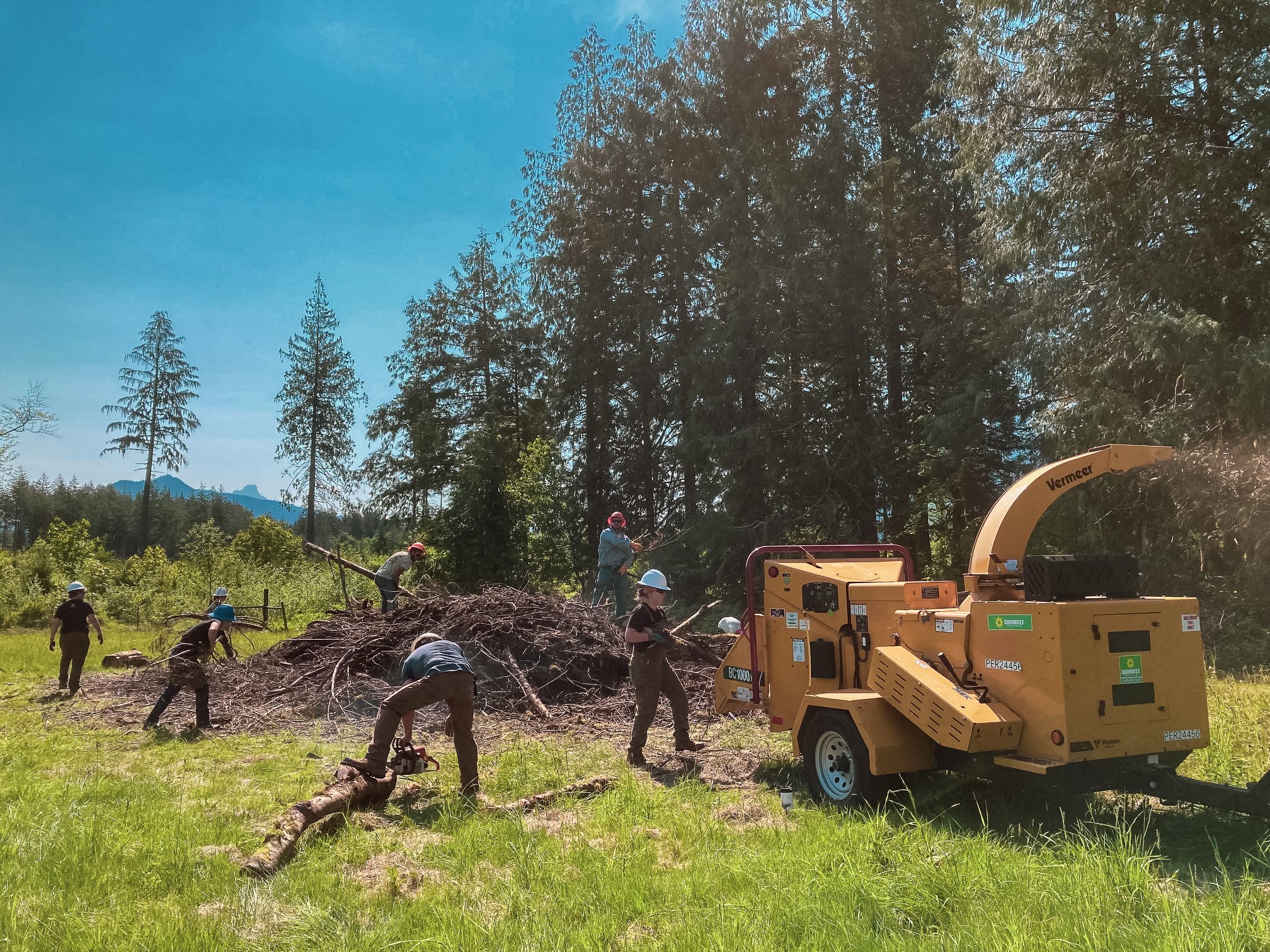
Chipping in for Healthy Air
Our region is facing increasingly dry and hot summers. While the warm weather is often a welcome break from the rain, it also increases wildfire risk, especially for communities in urban-wildland interface areas…
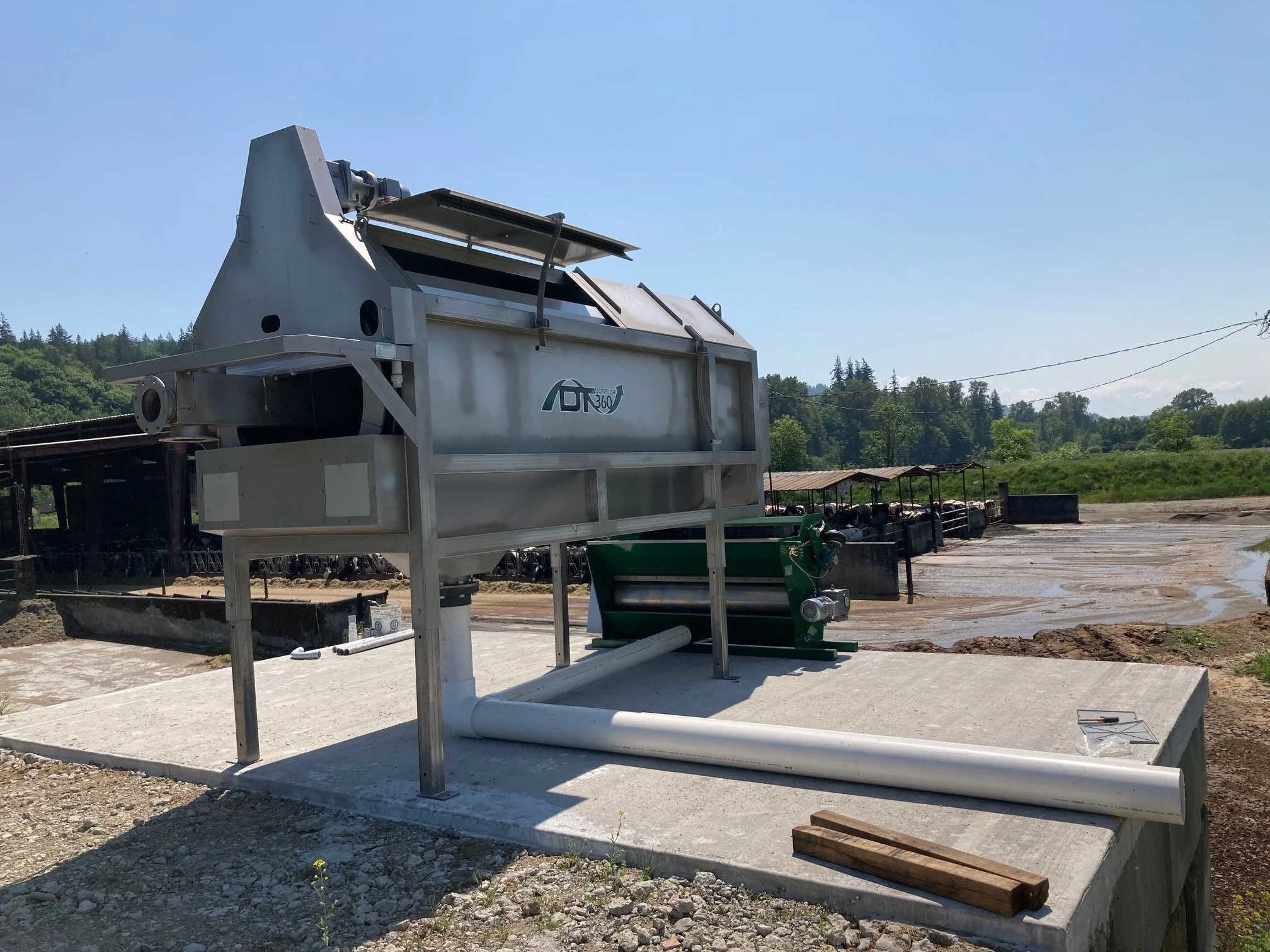
Managing Manure in New Ways
Manure is a constant presence on farms with livestock. Appropriate storage and management of manure allows it to retain the nutrients that make it such an excellent soil amendment. Proper storage also minimizes the risk…
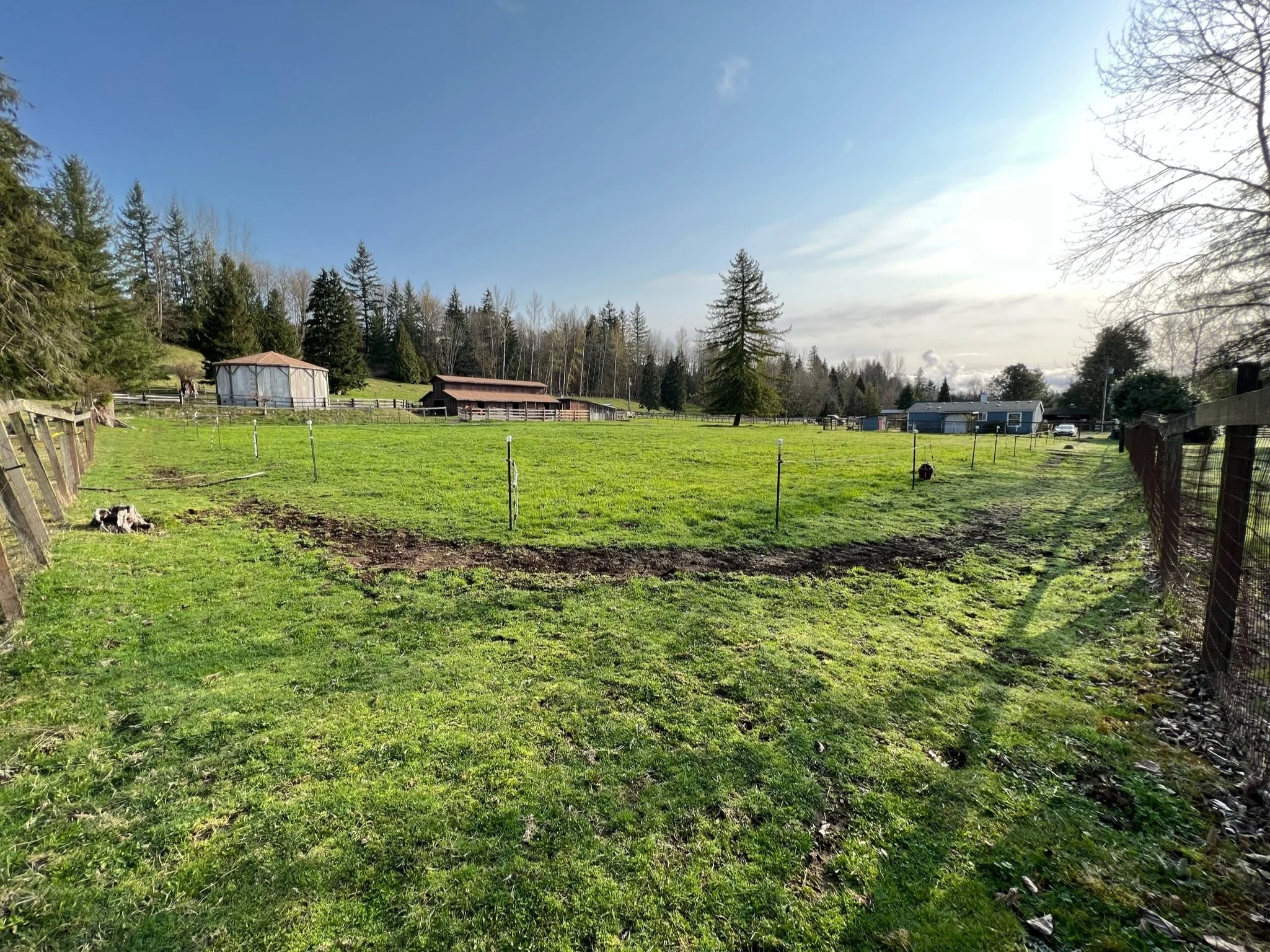
On Track to Healthy Pastures
Many Snohomish County and Camano Island residents have horses, but not all are aware of the effects these equine companions can have on our environment. Horses can overgraze their pastures…

Partnering Towards Beaver Coexistence
Sheltered from the distant rush of passing cars and the muffled clamber of our urban world, there lies a pond. This pond is an engineering marvel made possible by a downstream dam that filters pollution…

Where Agroforestry Meets Restoration
These days, it’s becoming more common for farms to have elements we associate with restoration, such as native plant buffers and hedgerows. However, it’s less common to find the reverse—restoration areas that provide things we…
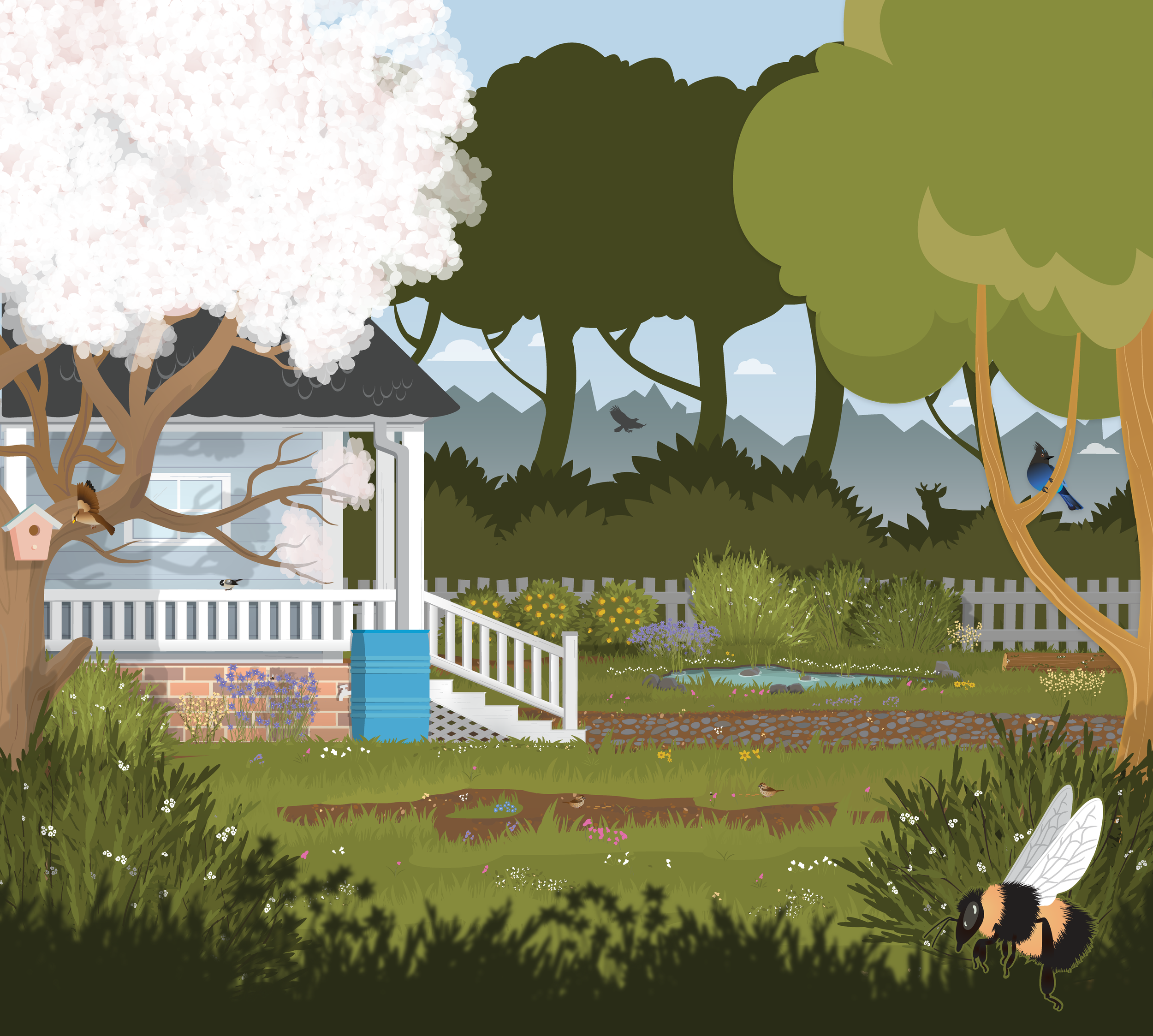
Homes & Habitat Across the Region
If you’re an urban resident, it might be hard to believe you can still provide important habitat for wildlife. And if you live in a rural area, the thought of adding plants when you’re surrounded by forest might feel redundant…
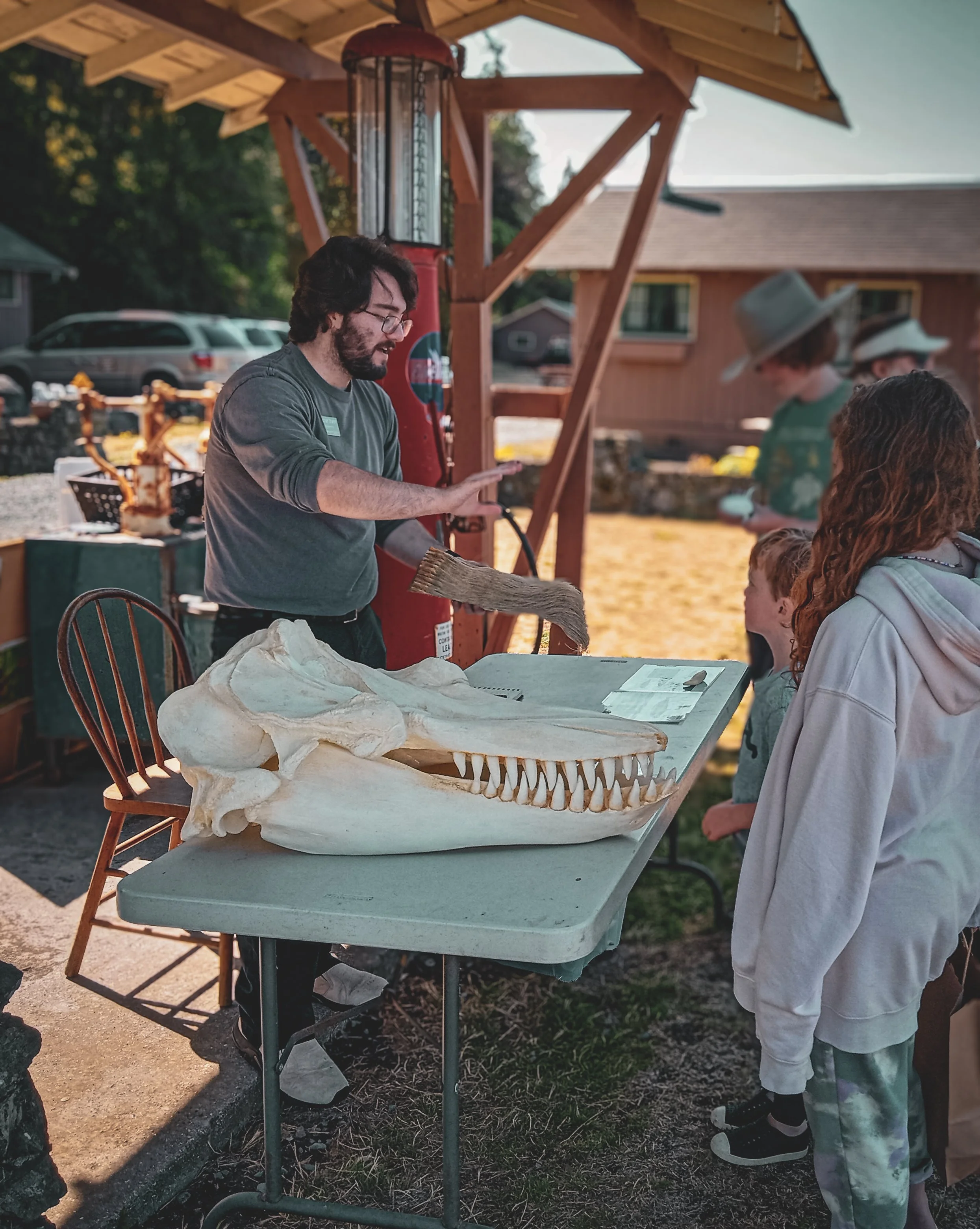
Conservation on Camano Island
This is the trip you’ve been waiting for all year: soaking up the sun at Cama Beach on Camano Island. Harbor seals peer at you from between the waves, fist-sized crabs scuttle along the rocks next to your towel…

Collaborating on Farms, Fish, & Flooding
With so many rivers running through Snohomish County, it is no surprise that many residents, farmers, and species–including our native salmon…
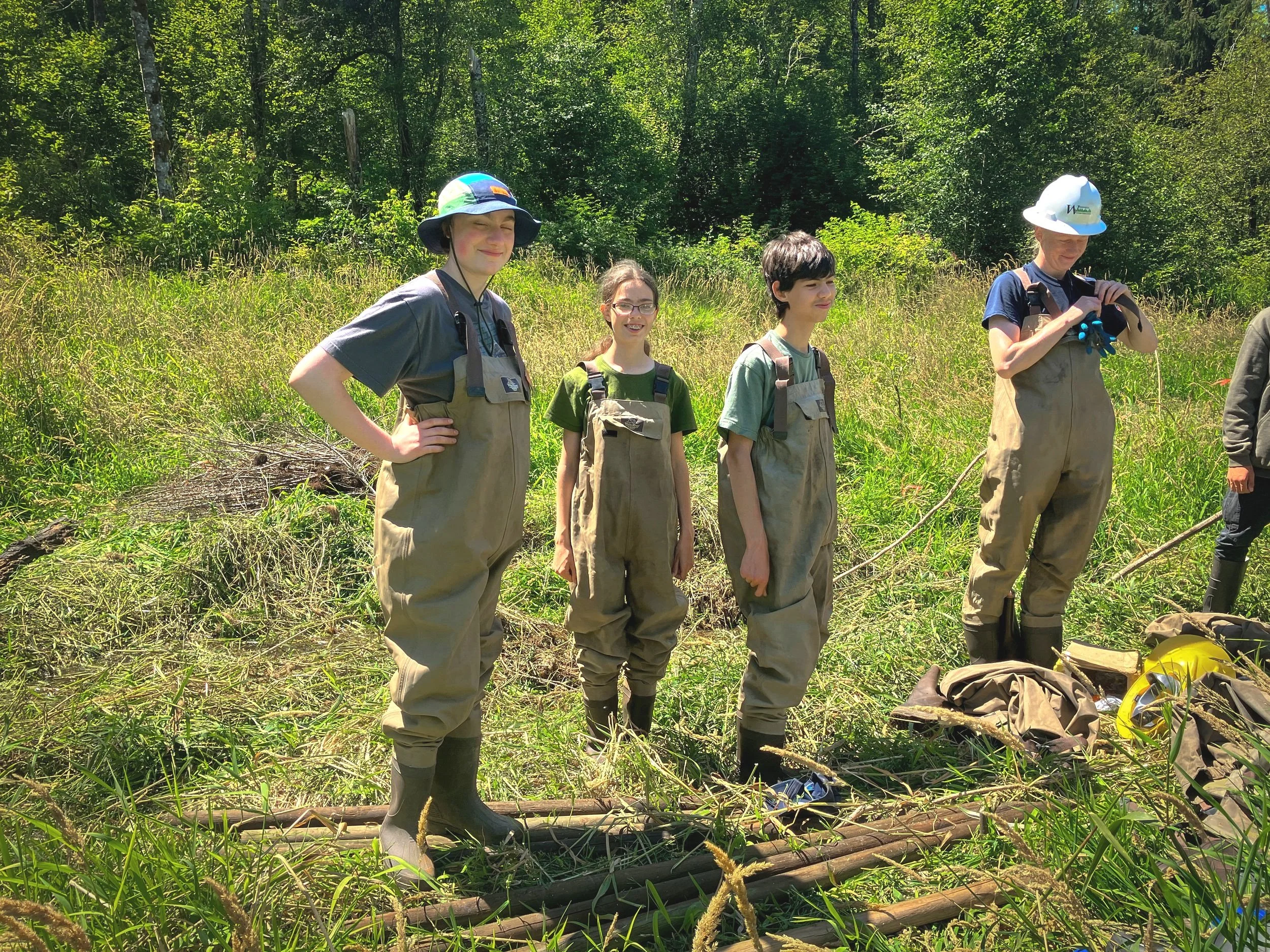
Say YESS to Restoration Education
The group of 10 high school students enrolled in the Youth Engaged in Sustainable Systems (YESS) Program eyed each other nervously. After several weeks of hands-on restoration education, these students knew…
Camano Island Rates and Charges: $59,830.32
Grants: $4,645,958.71
City Partnerships: $195,664.30
Snohomish County Rates and Charges: $2,282,276.87
Total: $7,183,730.20



Farming is in our heritage. We have certified farm planners who will visit your farm for free and offer suggestions based on the goals you have for your property. In some cases, we may even be able to help cover the cost of improvements. As a conservation district, we work in confidence with local producers to support an agricultural industry that is profitable, viable, and a good steward of the natural resources that it maintains.
Sound Horsekeeping isn’t just about the environment, it’s also important for horse health. Good land management can reduce chances of colic, protect hoof health, and prevent worms and disease. Snohomish Conservation District has farm planners who can provide free technical assistance to support the goals you have for your property.
As we face a changing climate, agroforestry is increasingly seen as a critical solution for farms and forests to adapt to these new and unpredictable weather events. The District provides technical assistance, site visits, education, and resources on agroforestry for landowners and community members.
Our Stormwater Solutions program offers creative ideas and incentives to help residents, businesses, schools, homeowners associations, cities, and tribes find creative ways to manage water in our landscapes. By reducing stormwater runoff and nonpoint source pollution, we create healthier watersheds for humans and our natural environment.
Our region is home to critical habitat and river systems that support numerous wildlife species. Dozens of these species in Puget Sound are classified as endangered, threatened, or sensitive, including several salmon species and orcas. SCD’s team of engineers and specialists work on small to large-scale projects to support habitat restoration, including noxious weed management, native plant installations, fish barrier removals, culvert design, and floodplain management.
Whether you own a few acres of woods or a larger forest tract, there are a variety of services available at the District to help forest owners get the most out of their land. Whether the goal is preservation and aesthetics, periodic timber harvest for income, or anything in between, we have the resources to help landowners achieve their goals.
Situated in one of the fastest growing counties in the nation, we are helping to address the challenges of rapid development and food insecurity. We provide education and support for community members who want to convert their outdoor space and grow edible food in a way that builds healthy soil, protects pollinators, minimizes pesticide use, reduces runoff, and conserves water.
Snohomish Conservation District’s Youth Education Team fosters environmental stewardship in youth through inclusive, experiential, and place-based conservation education programs. We provide a range of lessons and hands-on learning opportunities for students of all ages.